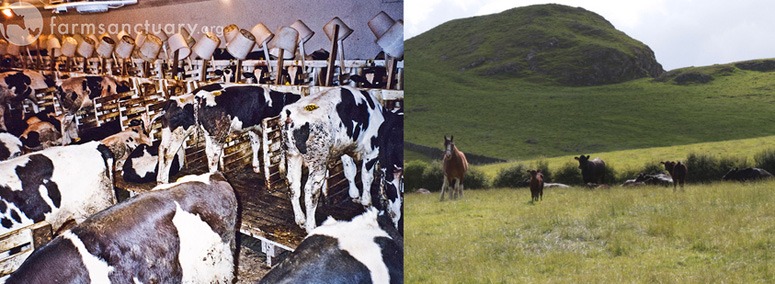 |
| Biosolid pellets |
Biosolids are created as a result of the wastewater treatment process. They are digested sewage solids that are organic and nutrient-rich. Around 195,000 tonnes of biosolids are created per year in Toronto.
During the process, the solids that have settled are transported into tanks called ‘digesters’, where microorganisms consume the solids as food. By consuming the solids, the by-products of the microorganisms are carbon dioxide, ammonia, and methane. They are called ‘stabilized’ due to the fact that the new solids are less likely to undergo further microbial activity.
Most harmful bacteria pathogens are removed by the end of the process.
Here is a diagram of the wastewater treatment process:
PROS
- Are rich in nutrients and is organic; can be used as valuable fertilizer
o Since they are derived from our daily wastes, they are 100% organic and many nutrients are scavenged from these biosolids that are very appropriate for plants.
- So far shows no significant risks
- Promotes rapid timber growth
o Promotes the evolution of the timber industry
- Reduce the amount going to landfills and to the incinerators
o Using biosolids as fertilizer reduced the harmful chemicals that are by-products of incinerating it,
and it also reduces waste going to the landfills, which poses to be very environmentally friendly.
 |
| Most of the 'nuntrient-rich' biosolids are sent to the landfill and incinerated. |
CONS
- Will most likely still contain odours, which will be repulsive to many people
o The idea of our wastes having an actual beneficial use is repulsive to many, afterall .
- May still contain harmful chemicals
o It is still not proven that the biosolids are 100% safe to use
o Possible threat from remaining pathogens
- The metals in the biosolids may pose a toxic threat to plants, humans, and/or animals if there are excess, such as nickel and cobalt
o There are possibilities that the biosolids may contain an excess amount of a specific metal, it may pose a threat to the plants that use it for nutrients, or for the creatures that consume these plants.
 |
| Nickel can be toxic to plants, but not animals nor humans. |
Biosolids prove to have a positive and innovative approach to recycling waste, so it should be a great alternative to our current agricultural practises. Although it is a great idea, I think that it should not be used in excess, since most of biosolids’ health hazards arise from excess of something in them that may cause living things harm. Cow manure and our other current fertilizers has been safe all of these years, and they should not be replaced by anything that is not 100% safe.
 |
| A brand of cow manure |
Picture Sources:
Comments:
Sources:
“Biosolids stink: Why waste our waste?” The Daily News Online. 29 May 2011. Web. 1 Jun. 2011.
“What are Biosolids?” Toronto. Web. 1 Jun. 2011.
“FAQ – Bioslids.” CWWA. Web. 1 Jun. 2011.
“Nutrients in Biosolids.” Toronto. Web 1 Jun. 2011.







